
Chevrolet Trax RS 2024 - 3D Model
MAX | 15.1 MB
|

Perfume Collection - 3D Model
FBX, MAX | 149 MB
|

Double bed 96 - 3D Model
MTL, OBJ, MAX | 240 MB
|

Kia Pro Ceed GT 2014 - 3D Model
3DS, C4D, FBX, LWO, MB, MTL, OBJ, MAX | 499 MB
|
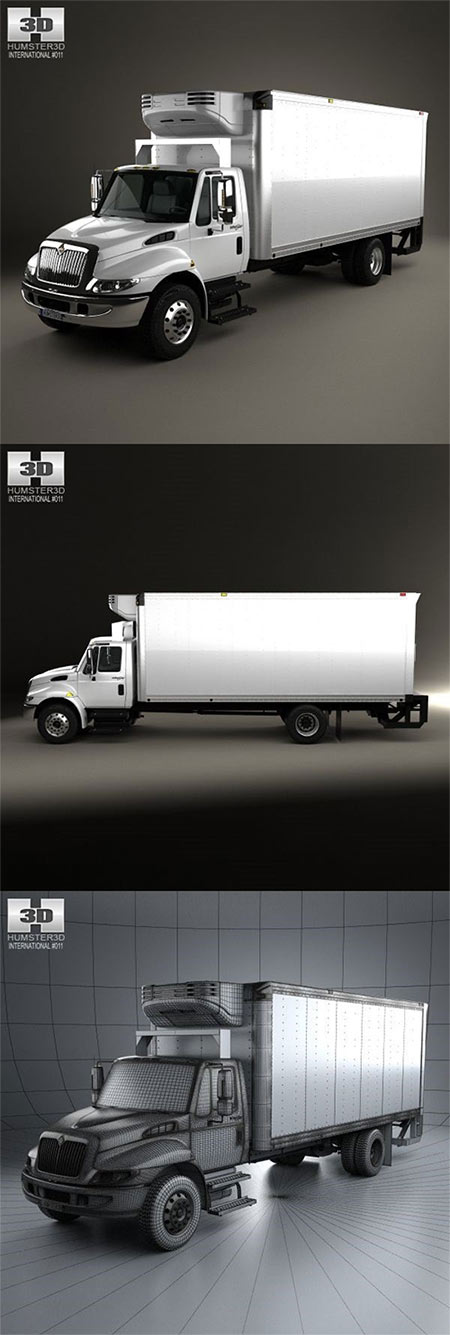
International Durastar Box 2002 - 3D Model
3DS, C4D, FBX, LWO, MB, MTL, OBJ, MAX | 706 MB
|
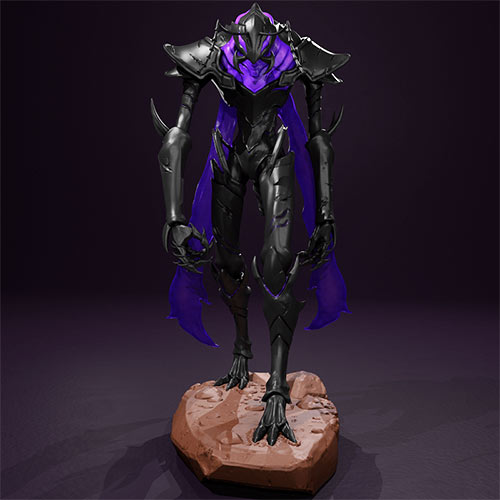
Beru - 3D Print Model
STL | 267.49 MB
|
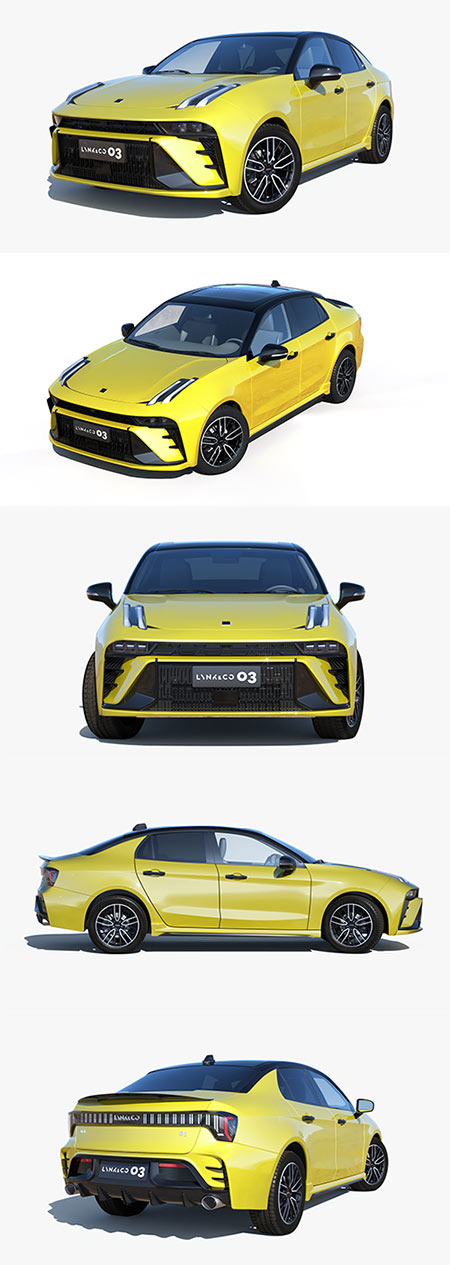
LynkCo 03 2023 - 3D Model
FBX, MTL, OBJ, MAX | 425.4 MB
|
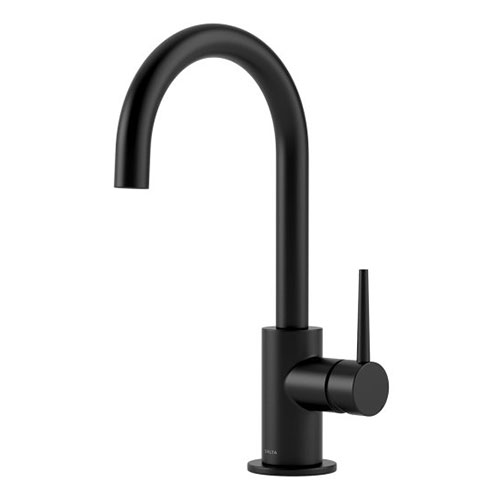
Contemporary 1959 Faucet by Delta 3D Model
MAX | FBX | 5.38 MB
|

Family Hub Multi-door Fridge Freezer by Samsung 3D Model
MAX | FBX | OBJ | TEX | 14 MB
|
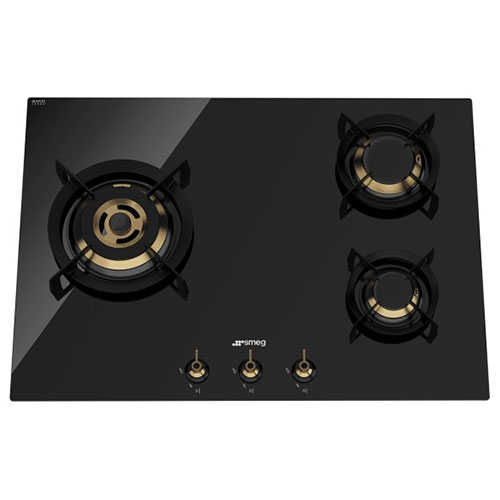
Gas Hob PC73GNO by Smeg 3D Model
MAX | FBX | 24.59 MB
|
|
3D модели - это цифровые представления трехмерных объектов, используемые в самых разных сферах, от киноиндустрии и видеоигр до архитектуры и медицины. Создаются они при помощи специализированного программного обеспечения, позволяющего формировать геометрию объекта, настраивать его текстуру, материалы и освещение. Разнообразие техник моделирования, таких как полигональное моделирование, NURBS-моделирование и скульптуринг, позволяет адаптировать процесс создания модели под конкретные задачи и желаемый уровень детализации.
Возможности использования 3D моделей практически безграничны. В кино и играх они оживляют персонажей, создают впечатляющие визуальные эффекты и формируют целые миры. В архитектуре 3D модели позволяют визуализировать проекты зданий и сооружений, оценивать их функциональность и эстетику еще до начала строительства. В медицине они используются для планирования операций, создания протезов и обучения студентов-медиков.












